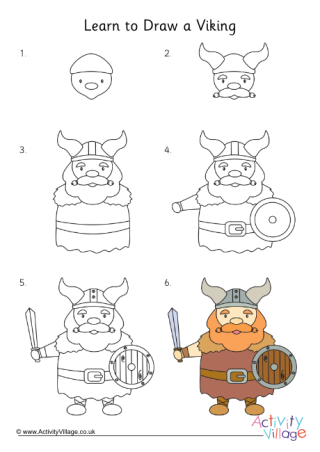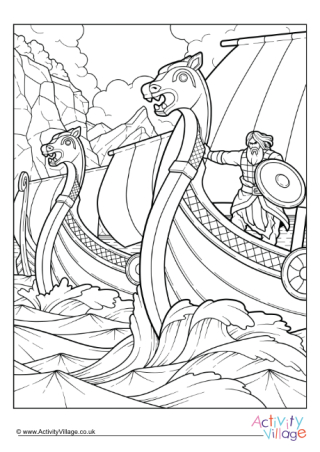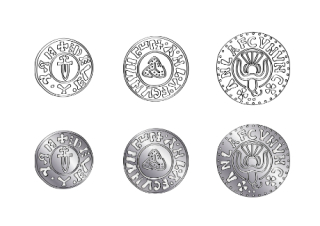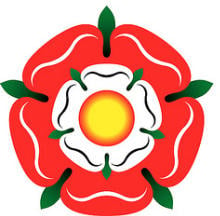Vikings
The Vikings were a group of people from Scandinavia who lived over a thousand years ago, during the early Middle Ages. They were fierce warriors and skilled seafarers, sailing across the seas to explore and conquer new lands.
The Vikings first began to raid and pillage western Europe in the late 8th century, and their attacks continued for over two hundred years. They were able to travel great distances in their longships – boats specially designed to sail in shallow waters and navigate around obstacles.
At first, the Vikings were feared across Europe for their violence and brutality. However, as time went on, they began to settle in different parts of Europe and establish more permanent communities. In fact, the Vikings eventually became known for their artistic skills and craftsmanship, producing beautiful metalwork, textiles, and jewelry.
One of the most famous Viking leaders was a man named Ragnar Lothbrok. He led successful raids on England and Scotland, and his legend has been immortalised in Nordic sagas and television shows.
Despite their fearsome reputation, the Vikings were also skilled traders and explorers. They travelled as far east as Constantinople (now Istanbul) and as far west as North America, discovering new lands and establishing trade routes.
Today, the legacy of the Vikings can be seen in many parts of Europe and beyond. Their language, Old Norse, has influenced many modern languages, including English. And their stories and legends continue to capture the imagination of people of all ages.
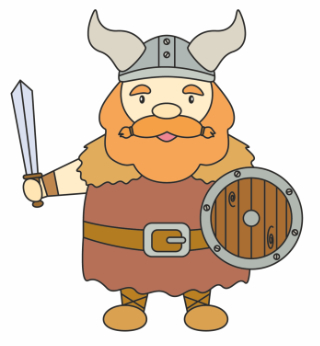
Six Fun Facts about Vikings
- Around 6% of people in the UK are directly descended from Vikings, according to DNA studies. In the far north of Scotland the number could be nearer 30%.
- Vikings were experts in metalworking, making weapons such as swords, shields and helmets, as well as beautiful jewelry and intricate ornaments.
- The Vikings were great explorers, sailing as far as North America over 1000 years ago, long before Christopher Columbus!
- The Viking helmet didn't actually have horns! That's just a myth - real Viking helmets were usually made of iron or leather.
- The Vikings were great traders, exchanging goods such as furs, jewelry and slaves with other cultures across Europe and Asia.
- The Viking language, Old Norse, has had a huge impact on modern English - many common English words such as 'sky', 'happy' and 'anger' have their roots in Old Norse.
Naming the Days of the Week
Did you know that four days of the week were named after Norse gods?
- Tuesday was named after the Norse god of war, Tyr. It is "Tyr's day" (which sounds like Thursday, but isn't!)
- Wednesday was named after the Norse god Odin and comes from the Old English Wōdnesdæg, meaning "Odin's day."
- Thursday was named after the Norse god of thunder, Thor, and comes from the Old English Þūnresdæg, meaning "Thor's day."
- Friday was named after the Norse goddess of love, Frigg, and comes from the Old English Frīgedæg, meaning "Frigg's day."

